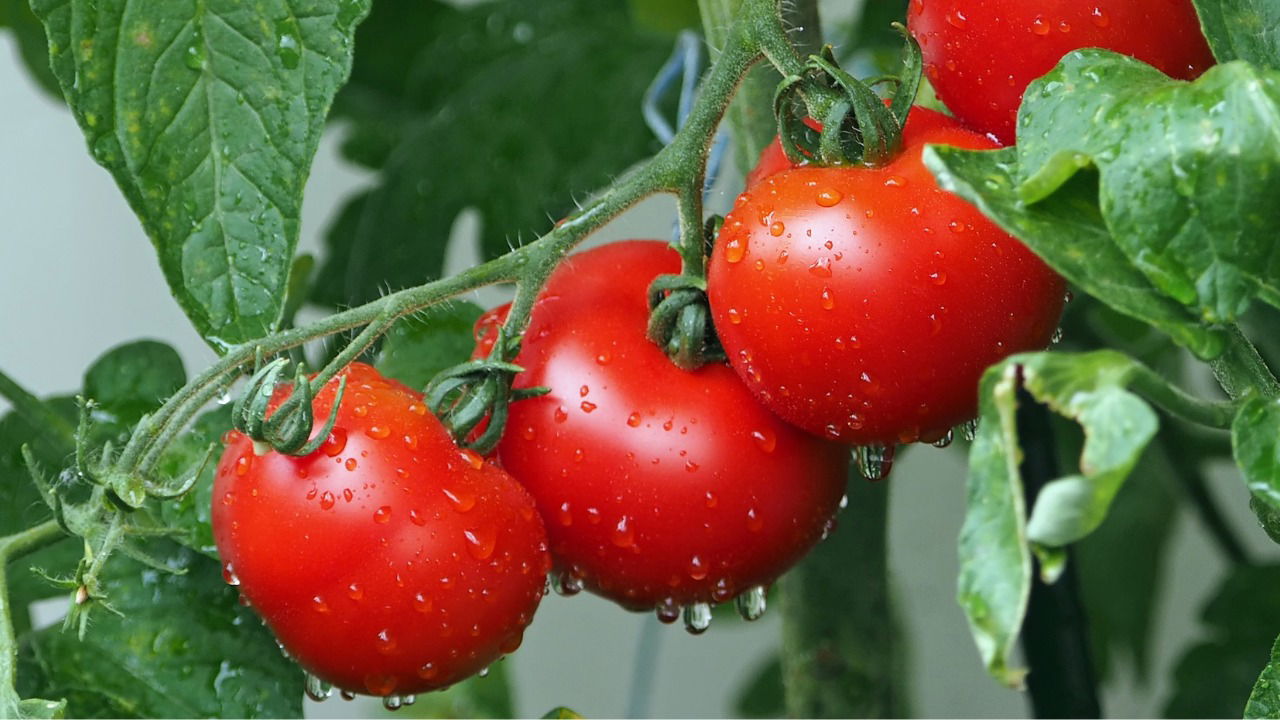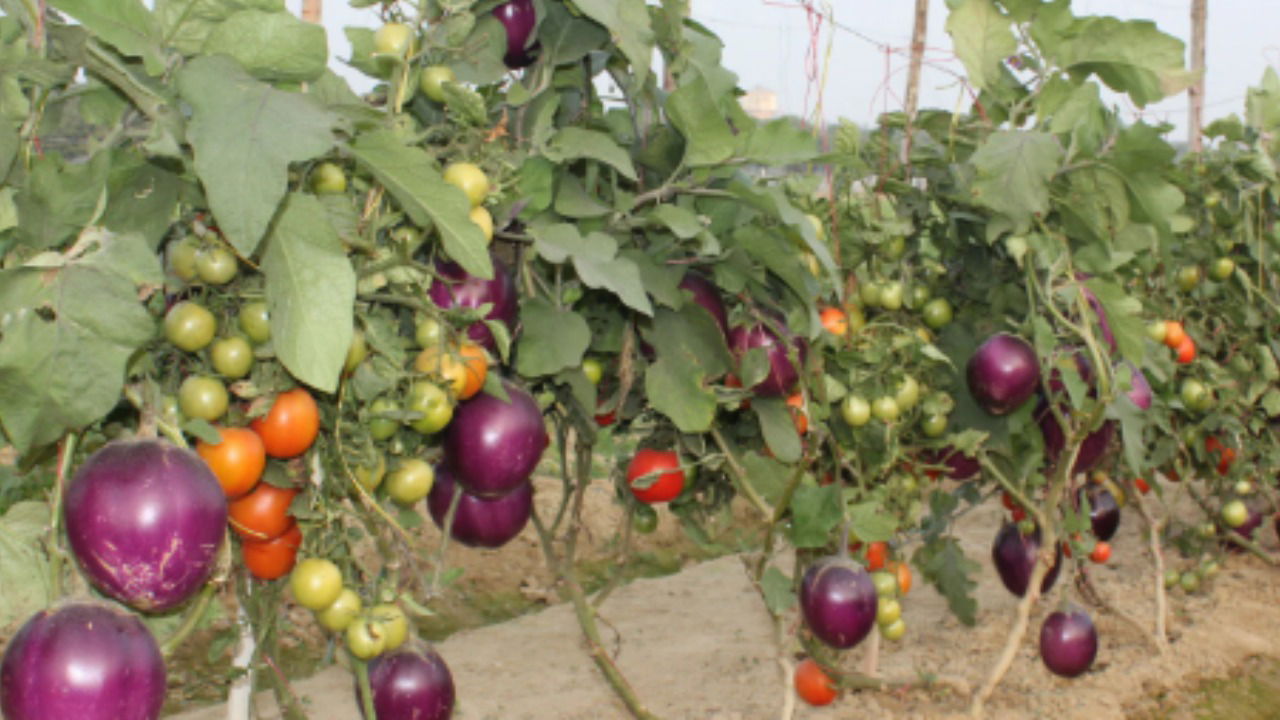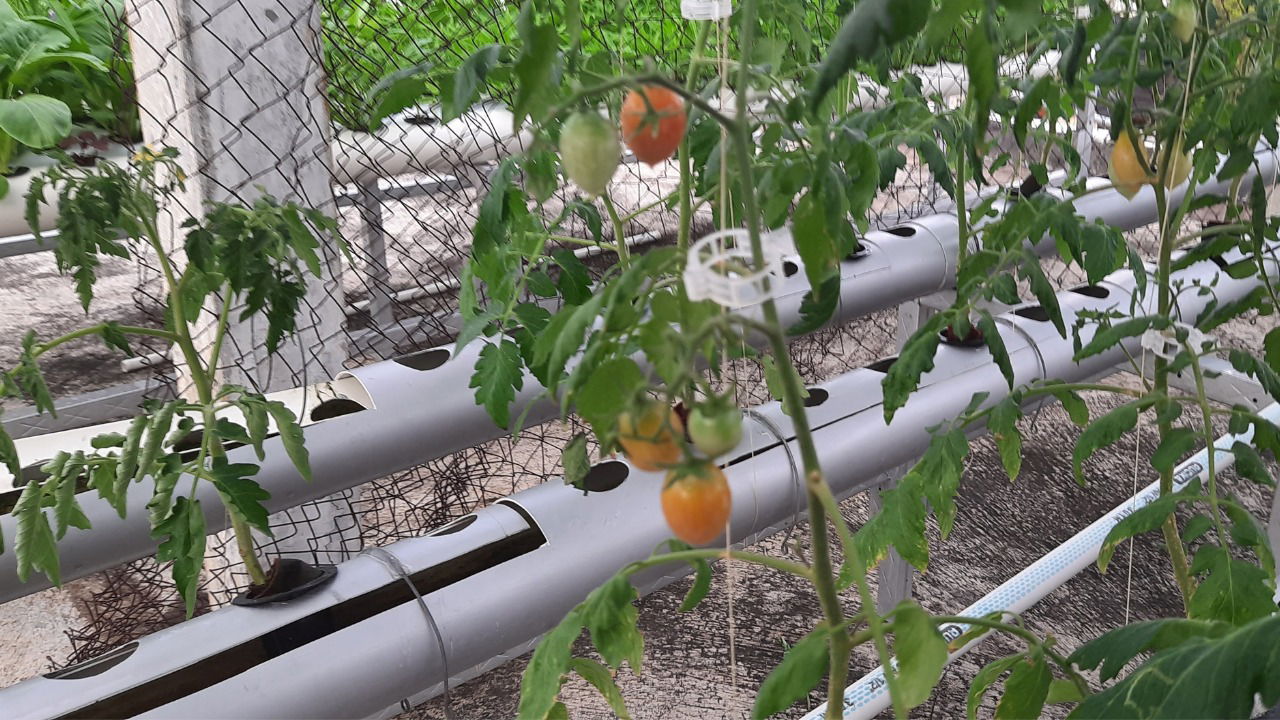
Be it your favorite burger, that simple dal recipe, the rajma you packed for lunch, or even a classic pizza sauce, one ingredient finds its way into almost everything—the tomato! Some people love it, some quietly push it to the side of their plates, but there’s no denying that it’s an essential part of our meals.
And for all the 90s kids out there, if you just started humming "Aha tamatar bade mazedar!", we totally get you!
So, let’s take a moment to appreciate this versatile, tangy, and ever-present fruit (yes, it's a fruit, but let’s be honest, nobody’s tossing it into a fruit salad anytime soon). World Tomato Day 2025 or Fresh Tomato Day 2025 which is celebrated on the 6th of April, 2025 is the perfect occasion to celebrate this kitchen superstar and its massive role in our lives.
History of Fresh Tomato Day
The tomato (Solanum lycopersicum) originates from western South America and Central America, where it was first domesticated by the Aztecs and other Mesoamerican civilizations around 500 BCE. The Spanish brought tomatoes to Europe in the 16th century, where they were initially viewed with suspicion, believed to be poisonous due to their relation to the nightshade family.
However, by the 18th century, tomatoes became a staple in Mediterranean cuisine, particularly in Italy and Spain. Over time, they spread worldwide, becoming a key ingredient in global cuisines. Today, tomatoes are one of the most widely cultivated crops, used in everything from salads and sauces to soups and juices.
Agricultural Importance of Tomatoes
Tomatoes are one of the most widely cultivated and consumed crops in the world. They play a vital role in agriculture due to their versatility, high demand, and profitability. Whether grown in large commercial farms or home gardens, tomatoes are an essential crop that supports farmers, agribusinesses, and food industries.
1. Contribution to the Farming Economy
Tomatoes are a high-value cash crop, meaning they generate significant income for farmers. In many countries, they are a major part of the agricultural economy, providing employment to millions of people, including farmers, laborers, transporters, and market vendors.
2. Sustainable and Productive Farming
Tomatoes are grown in various climates and conditions, making them an adaptable crop for farmers. They can be cultivated in:
-
Traditional open fields
-
Greenhouses for controlled conditions
-
Hydroponic systems, which allow for year-round production with less water and soil usage
By using advanced farming techniques, farmers can increase yield, reduce pest damage, and extend the growing season, ensuring a stable supply of fresh tomatoes throughout the year.
Nutritional and Health Benefits of Fresh Tomatoes
Tomatoes are packed with essential nutrients and are a key ingredient in a healthy diet. Some of their health benefits include:
-
Rich in Vitamins – Tomatoes are high in Vitamin C, which boosts the immune system, and Vitamin A, which supports vision and skin health.
-
Antioxidant Properties – They contain lycopene, a powerful antioxidant that helps protect against chronic diseases like heart disease and cancer.
-
Hydration and Digestive Health – With a high water content and fiber, tomatoes help keep the body hydrated and support digestion.
Innovative Methods of Tomato Cultivation: Brimato and Hydroponics
Brimato: A Unique Grafting Innovation
One of the latest breakthroughs in tomato cultivation is the Brimato, a hybrid plant developed by ICAR (Indian Council of Agricultural Research). This innovation is a combination of brinjal (eggplant) and tomato, achieved through grafting. The rootstock of brinjal is used due to its resistance to soil-borne diseases, while the scion (upper part) of tomato ensures high fruit production. This technique offers several benefits:
-
Enhanced Disease Resistance: The strong brinjal rootstock makes the plant more resistant to common soil-borne pathogens.
-
Higher Yield: The plant can produce both brinjals and tomatoes, leading to increased productivity.
-
Better Adaptability: It thrives in regions with unfavorable soil conditions where regular tomato plants may struggle.
Brimato cultivation is gaining popularity among Indian farmers as it reduces pesticide use, improves sustainability, and ensures year-round production.

Hydroponic Tomato Cultivation: Soil-Free Farming
Another innovative method revolutionizing tomato farming is hydroponics, a technique where plants are grown without soil, using a nutrient-rich water solution. This method is ideal for urban farming and commercial greenhouses, offering multiple advantages:
-
Water Efficiency: Hydroponics uses up to 90% less water compared to traditional farming.
-
Higher Productivity: Tomatoes grow faster and healthier due to a controlled nutrient supply.
-
Space Optimization: Ideal for vertical farming in limited spaces, making it suitable for urban agriculture.
-
Reduced Pest and Disease Risks: Since there is no soil, problems related to soil-borne pests and diseases are significantly minimized.

How to Celebrate Fresh Tomato Day
There are many ways to celebrate this day while supporting farmers and enjoying fresh, delicious tomatoes:
-
Buy fresh tomatoes from local farmers' markets to support local agriculture.
-
Cook a homemade tomato-based dish like pasta sauce, salsa, or soup.
-
Start growing tomatoes in your garden or on a balcony to experience the joy of home gardening.
-
Spread awareness about sustainable farming practices and the importance of tomatoes in agriculture.
Fresh Tomato Day 2025 is a wonderful opportunity to appreciate this nutritious and versatile crop, recognize the hard work of farmers, and promote sustainable agriculture. Whether you enjoy tomatoes in a salad, as a sauce, or in a refreshing juice, this day reminds us of their essential role in our diets and economy.
Let’s celebrate by supporting local farmers and enjoying fresh, flavorful tomatoes!

















